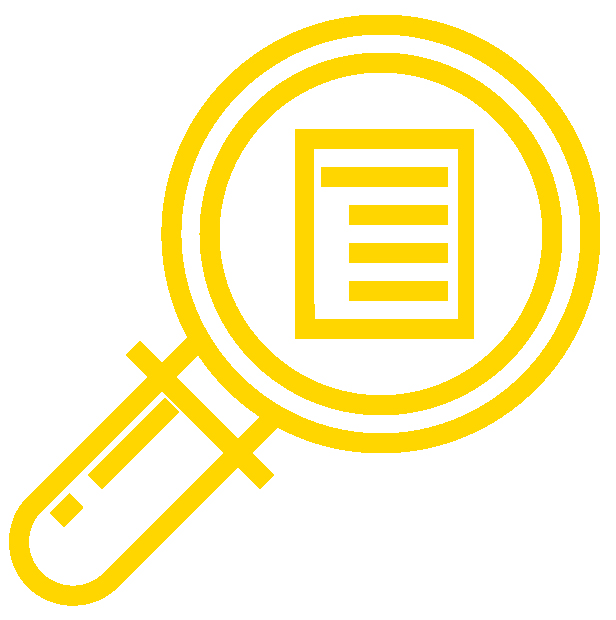
The content, assignments, and assessments for this course are aligned to the following learning outcomes:
- Module: Define reflective thinking and writing
- Recognize reflection as an intellectual process
- Define reflection as an intellectual process
- Identify knowledge types embedded within reflection
- Identify conventions of reflective writing
- Recognize possible structures for reflective writing
- Recognize component skills of reflective writing
- Recognize reflection as an intellectual process
- Module: Define and evaluate strategies for rhetorical reading and building vocabulary.
- Define and identify rhetorical contexts
- Define the concept of rhetorical context
- Identify writers’ rhetorical contexts
- Identify readers’/responders’ rhetorical contexts
- Identify active reading strategies
- Identify active reading strategies
- Evaluate active reading strategies
- Evaluate strategies for retaining new words
- Identify strategies for using context clues
- Evaluate strategies for retaining new words
- Define and identify rhetorical contexts
- Module: Recognize and evaluate strategies for moving beyond the five-paragraph essay
- Recognize characteristics of organically-structured essays.
- Differentiate between formulaic and organic structure.
- Identify characteristics of organically-structured essays.
- Recognize and evaluate effective paragraphs
- Recognize techniques for effective paragraph construction
- Evaluate paragraph construction
- Identify successful strategies for writing introductions and conclusions
- Identify successful strategies for writing introductions and conclusions
- Evaluate successful strategies for writing introductions and conclusions
- Recognize characteristics of organically-structured essays.
- Module: Recognize strategies for revision
- Identify strategies for revising for content
- Recognize rhetorical context in relation to content
- Identify strategies for development
- Identify the strategies for revising for structure
- Recognize rhetorical context in relation to structure
- Identify strategies for revising for paragraph structure
- Identify strategies for revising for global structure
- Evaluate strategies for arranging ideas
- Identify strategies for revising for style
- Recognize rhetorical context in relation to style
- Identify strategies for revising for style
- Evaluate strategies for revising for style
- Identify strategies for revising for grammar and mechanics
- Recognize common grammar and mechanical errors
- Demonstrate ability to proofread
- Identify strategies for revising for content
- Module: Evaluate keys to successful analysis
- Define analysis
- Identify the domain of analysis
- Recognize the barriers to analysis
- Recognize and evaluate keys to successful writing
- Recognize keys to successful analysis writing
- Evaluate keys to successful analysis writing
- Identify and apply different types of analytic processes
- Identify different types of analytic processes
- Apply different types of analytic processes
- Define analysis
- Module: Recognize and Evaluate Rhetorical Appeals
- Recognize and establish appeals to logos
- Recognize appeals to logos
- Evaluate appeals to logos
- Recognize and evaluate appeals to pathos
- Recognize appeals to pathos
- Evaluate appeals to pathos
- Recognize and establish appeals to ethos
- Recognize appeals to ethos
- Recognize strategies for establishing appeals to ethos
- Recognize and establish appeals to logos
- Module: Evaluate keys to successful argument
- Evaluate an arguable thesis
- Recognize an arguable thesis
- Evaluate an argumentative thesis
- Evaluate logical fallacies
- Recognize common logical fallacies
- Evaluate logical fallacies in texts
- Evaluate rhetorical approaches to building common ground
- Recognize rhetorical approaches to building common ground
- Evaluate rhetorical approaches to building common ground
- Evaluate strategies for rebuttal and refutation of counterargument
- Recognize strategies for rebuttal and refutation of counterargument
- Evaluate strategies for rebuttal and refutation of counter-argument
- Evaluate an arguable thesis
- Module: Evaluate the quality and reliability of sources
- Differentiate types of sources
- Differentiate types of sources
- Evaluate methods to assess the quality of print sources
- Apply the CRAAP analysis method to evaluate print sources
- Evaluate methods to assess the quality of online sources
- Apply the CRAAP analysis method to evaluate online sources
- Evaluate methods to assess the quality of multimedia sources
- Apply the CRAAP analysis method to evaluate multimedia sources
- Differentiate types of sources
- Module: Define and Evaluate Using Sources
- Identify the conventions of source integration
- Identify the five components of the “source sandwich”
- Evaluate applications of paraphrase, summary, and quotation
- Differentiate among paraphrase, summary, and quotation
- Evaluate application of paraphrase, summary, and quotation
- Identify the conventions of citation and references.
- Identify the conventions of citation and references
- Interpret the conventions of citation and references
- Establishing Credibility when Using Sources
- Recognize markers of credibility in writing
- Differentiate among the markers of credibility in writing
- Identify the conventions of source integration
- Module: Define and apply principles of multimodality.
- Define multimodality
- Define multimodality
- Recognize different modes
- Define and evaluate remediation and remix
- Define Remediation
- Define Remix
- Evaluate attribution within remix
- Define multimodality
- Module: Recognize and resolve readability errors
- Critique the standard uses of apostrophes.
- Recognize the standard uses of apostrophes
- Demonstrate the standard uses of apostrophes
- Critique the use of semicolons and colons.
- Differentiate the standard uses of semicolons and colons
- Demonstrate the standard uses of semicolons
- Demonstrate the standard uses of colons
- Critique the use of commas.
- Recognize the standard uses of commas
- Demonstrate the standard uses of commas
- Critique passages, revising for run-on sentences and fragments.
- Recognize run-on sentences
- Recognize sentence fragments
- Demonstrate revision for run-on sentences
- Demonstrate revision for sentence fragments
- Critique the standard uses of apostrophes.
Candela Citations
CC licensed content, Original
- Learning Outcomes. Provided by: Lumen Learning. License: CC BY: Attribution
CC licensed content, Shared previously
- Magnify. Authored by: Eucalyp. Provided by: Lumen Learning. Located at: https://thenounproject.com/term/magnify/1276779/. License: CC BY: Attribution
